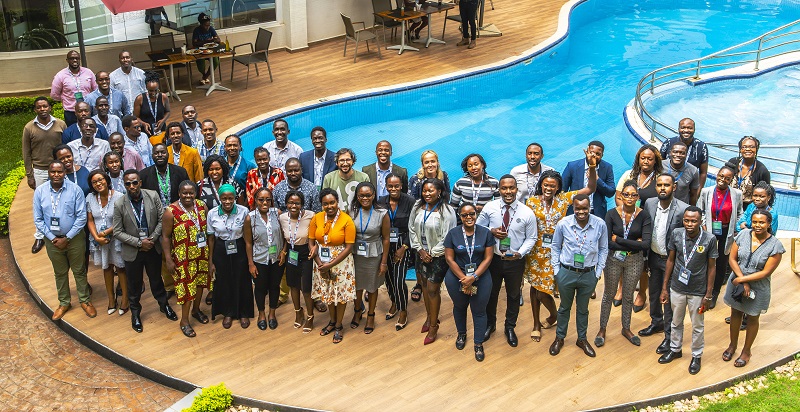Tracy Bolton, chief operating officer at SAP Africa
New research has highlighted the challenges most organisations face with balancing sustainability and profitability. A study by Oxford Economics and SAP has found that, while the business case for sustainability is well understood, most sustainability initiatives are simply not realising value.
Tracy Bolton, chief operating officer at SAP Africa, says organisations face a number of barriers to realising the broader value of their sustainability initiatives. “Issues such as lack of engagement from company executives, ineffective use of data, siloed technologies, and a lack of collaboration undermine the impact of sustainability initiatives on a company’s operations and bottom line. Closing the so-called Green Gap requires that organisations reach across their business ecosystems to bring suppliers, regulators, employees and board leadership into their sustainability efforts.”
According to the report by Oxford Economics and SAP, so-called ‘Sustainability Leaders’ – those organisations that have embraced comprehensive sustainability programs and have achieved great outcomes as a result – account for only 9% of study respondents.
Leading sustainability efforts
“Sustainability Leaders set clear expectations of their sustainability goals and communicate those effectively to the broader organisation. Technology and data management is applied in key areas, and core audiences, such as supply chain partners, are regularly engaged. This creates a system of accountability that ensures sustainability efforts go beyond pure talk into action.”
The report found that, among nearly 2000 global executives, the most common sustainability efforts included waste reduction (65% of organisations surveyed), emissions tracking (53%) and minimising energy use (47%). “To unleash the true potential and impact of sustainability, organisations need to harness the network effect by developing policies and processes that enable partners and vendors to work sustainably with the business,” says Bolton.
The pay-offs for closing the green gap are significant. The report found that executives identified sustainability initiatives as driving benefits across the organisation, with 58% citing increased efficiency, 46% enjoying improved brand reputation, and 44% being better able to meet customer needs.
Sustainability Leaders that are leveraging the strength of their networks are also better positioned to reap the rewards of the circular economy.
“The circular economy depends on the strength of networks including customers, manufacturers, competitors, employees and regulators who are all aligned to sustainability goals,” says Bolton. “The organisations that lead with their circular economy efforts unlock a range of business benefits that include increased customer loyalty (74%) and innovation (79%), better brand reputation (80%), new revenue streams (70%) and reduced costs (59%).”
Bringing profitability and sustainability closer
Bolton adds that organisations can close the gap between sustainability and profitability by enhancing the impact of their sustainability efforts. “Research show five key areas of focus for organisations that want to overcome sustainability challenges and move into the Leaders category.”
The five key areas of focus include:
- Driving sustainability from the top down through executive sponsorship. “Effective sustainability efforts start with an explicit plan driven from the top down and clearly communicated by company leadership,” says Bolton.
- Providing clear, consistent communication that permeates every layer of the organisation. “Sustainability efforts may start at the top, but for any such effort to succeed, it needs to be adopted and driven by employees throughout the organisation. Establishing clear goals can also drive better sustainability performance among teams.”
- Integrating processes, technology and data to provide a unified view of the organisation’s total sustainability performance. “Most businesses have not put sustainability at the centre of their strategies, which leads to disconnected or siloed processes that can hamper strategic planning and create discord between financial and non-financial information. By unifying these assets, organisations gain greater visibility into their sustainability performance and progress.”
- Putting data at the centre of sustainability. “Data is critical,” says Bolton. “Organisations gain vital insight into resources and efficiency by capturing and analysing data. In addition, data helps measure sustainability outcomes and can point to areas for improvement.”
- Extending sustainable practices to customers, partners and suppliers. “Sustainability is a team sport that requires participation across the entire supply chain,” says Bolton. “For example, more than a third (36%) of executives don’t view using sustainable energy providers as important to their carbon-reduction goals, despite the enormous impact energy providers have on overall sustainability practices. Getting internal and external stakeholders aligned around core sustainability goals can unlock the network effect and greatly enhance sustainability outcomes.”





